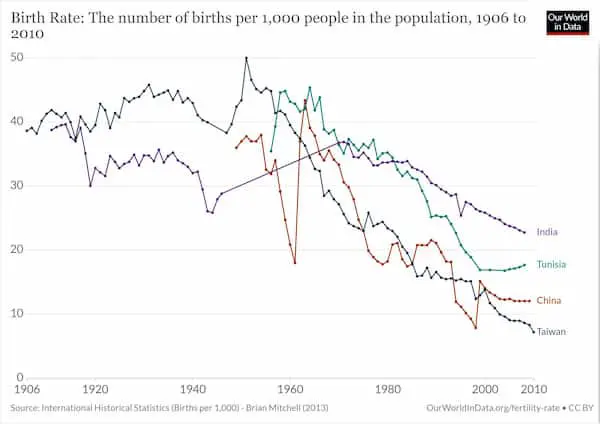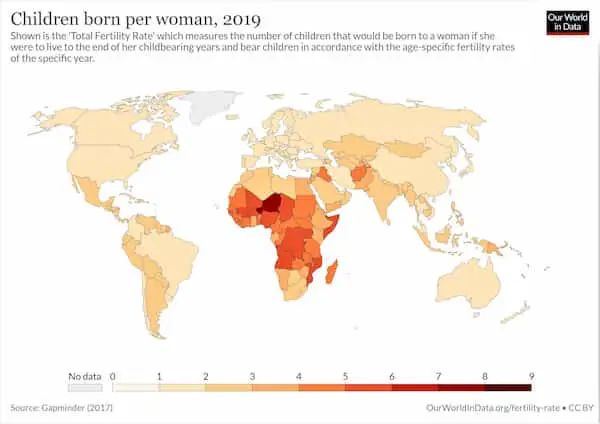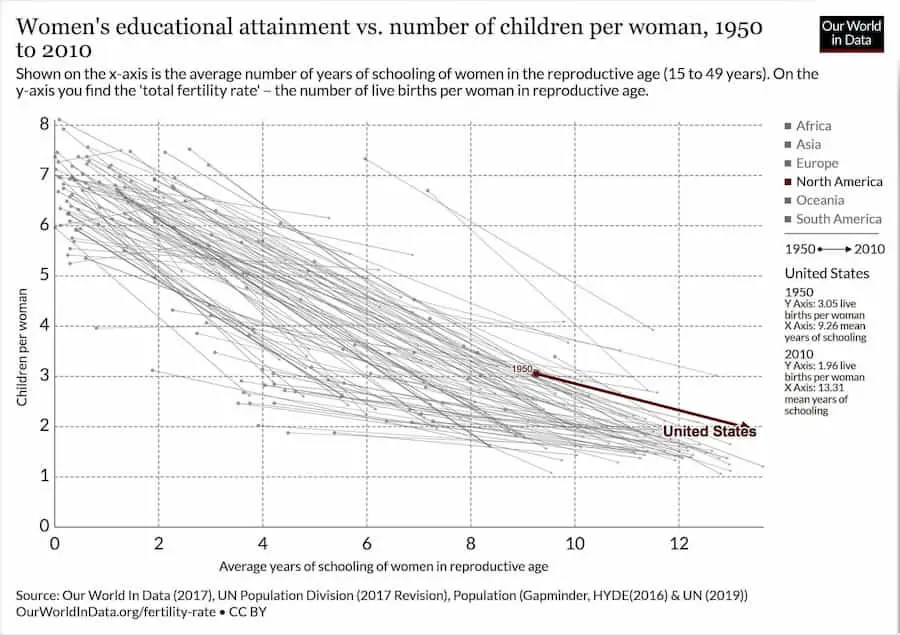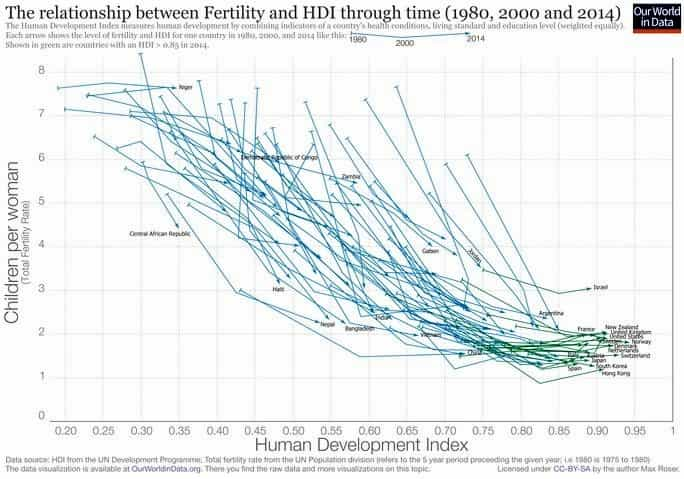Did the China One-Child policy have any significant impact on population growth?
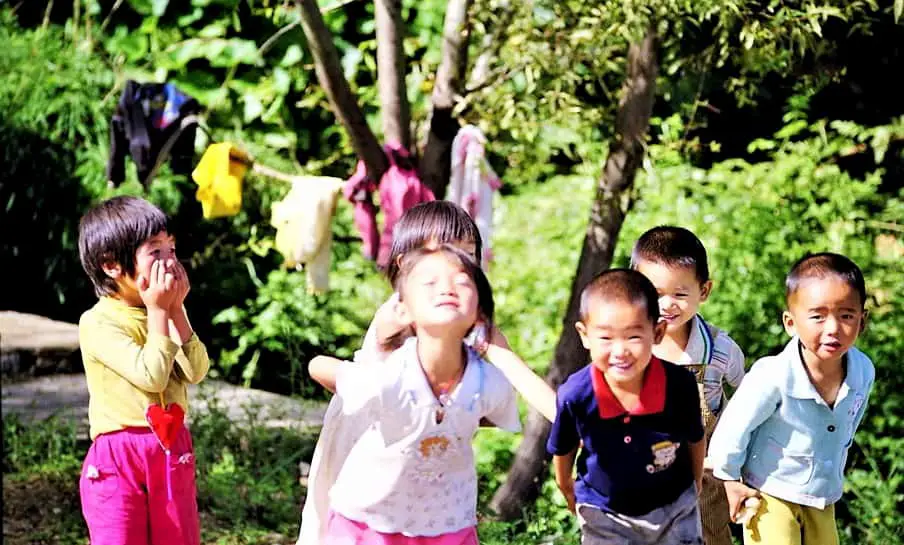
What was the China one child policy?
It was a governmental program for slowing down the rampant Chinese population growth by preventing couples from having more than one child. From the foundation of the People’s Republic of China in 1949, efforts had been made to reduce the increasing population. From the beginning of 1970, China had imposed a two-child limit. The population had skyrocketed from 550 million in 1949 to 830 million in 1970. But when Mao Zedong died in 1976, it became clear that the two-child limit hadn’t stopped the fertility rate. In only six years there were another 100 million Chinese children to take care of.
So in 1979, another drastic step was taken… The China one child policy. Chinese couples were allowed to have one child only. Enforcements included financial and other benefits for those who complied and sanctions for those who did not. Information campaigns were rolled out and contraceptive methods were made widely available. Critics have stated that methods like forced sterilization and abortion were also practiced.
The program was applied very unevenly across the Chinese mainland. In rural areas, couples were more often allowed to have a second child. Exceptions could be made based on a variety of reasons. If the first child was disabled, if it was a girl, parents of certain ethnic minority groups… Or parents could simply pay for the second child. From the mid-1980s, about half of all Chinese couples had a second child. The program was abolished in 2015.
Did it work?
It wasn’t the central government that decided about the details of the exceptions and the rules, but the local authorities. That also led to big differences in birth rates across the country.
Chinese officials claim that about 400 million births were avoided thanks to the program, but many scientists dispute these figures. There is no doubt whatsoever that the Chinese population growth diminished radically in late 1900. The dispute is whether the Chinese one child policy had any effect, or if the slow-down in birth rate depended on other factors. Let’s check the charts.
We can see a significant drop from 1970 to 1980 in China. But the comparable countries have a similar decrease in fertility. We have a very similar development in most of the Asian communities…
From 1979, when the china one child policy Was introduced, we can actually see increased fertility compared to Taiwan.
Factors that really have an effect on population growth.
The world population has more than tripled since 1950. The biggest growth has occurred in Asia simply because there are more people there. From 1,4 billion to 4,6 billion. The biggest growth rate has happened in Africa from 227 million to 1.280.000 million.
- The average woman in 1965, worldwide, had 5 children.
- The average woman in 2015, worldwide, had 2,5 children.
- UN expects that the average woman in 2100, worldwide, will have less than 2 children.
- In 2019, 29 countries in the world had a fertility rate of over 4 children per woman. 27 of them were in Africa.
- The three countries in the world with the highest birth rate are Niger, the Central African Republic, and Somalia. Niger and the Central African Republic hold the two bottom positions in the chart of the Human Development Index (HDI).
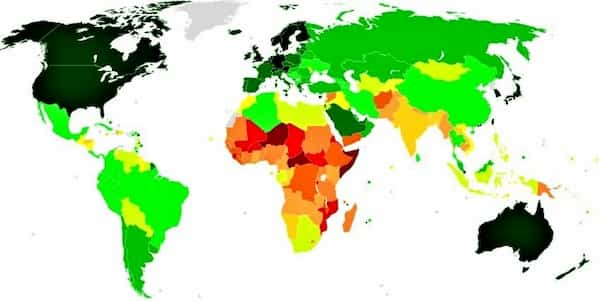
The top image shows HDI – Human Development Index, a statistic composite index of life expectancy, education, and per capita income indicators. The bottom image shows worldwide fertility.
It is evident that wealth, education, and general development decrease the birth rate. But there are more specific reasons why some countries make more children than others.
Education, the best pill of them all.
Education in general and women’s education specifically slows down population growth.
The reasons for women’s education level as a restraining measure are many.
- Women who attend school, have their first child later in life. Their fertile lifespan is shortened.
- Models based on the work by the economist Gary Becker give children a “price”. In this framework, a child has a cost. In money, but also in lost time and opportunities. When the education level of women increases, the cost of children increases correspondingly.
- Better education for women increases child health and decreases infantile deaths. These factors also make fewer children.
- Better education for women increases knowledge about contraceptives.
- All these things create a reinforcement loop as lower fertility allows for better education and so on.
Niger, which has the highest birth rate in the world, with more than 7 children per woman, has schooling for women of only 1,3 years on average.
How is the world doing?
The world is overpopulated. The earth will not be enough for all of us if we continue to waste energy and resources at the present rhythm. The major problem isn’t just the quantity of people in the world, but more so the speed with which we use up what we have around us. And the filth we spread.

The biggest population growth today is in poor countries, and poor countries are putting less weight on the strained world ecology. From 1950 to 2019, while the world population tripled, Europe and North America went from 650 million to 1100 million, less than doubled. Still, Europe and North America have a much greater negative impact on environmental and economic outcomes, than the rest of the world.
According to the United Nations’ calculations, the world population could level out at around 11 billion in 2100. That would mean a transition from 600 million people to 11 billion in just 400 years, a growth of more than 1800%.
We’ve seen that the slow-down in growth will depend strongly on a better socio-economical standard of living. So, the challenge is not just the total amount of people, but if all these people will use up the resources at the same rate as the rich part of the world does today. And if all those 11 billion men and women will pick up the western lifestyle as we know it.
The biggest challenge of all consists in changing that lifestyle.
Conclusion
No, the China one-child policy didn’t have much impact on population growth. Things that would matter much more are social and economical development, and most of all, women’s education.
sources
